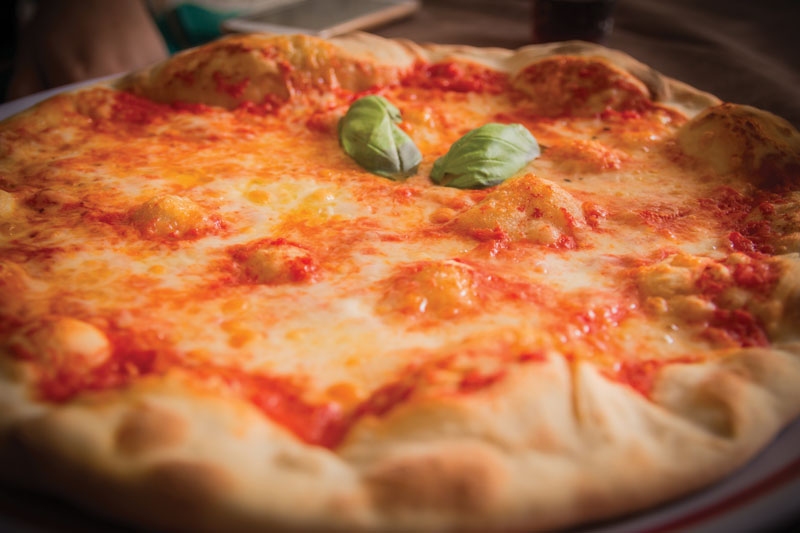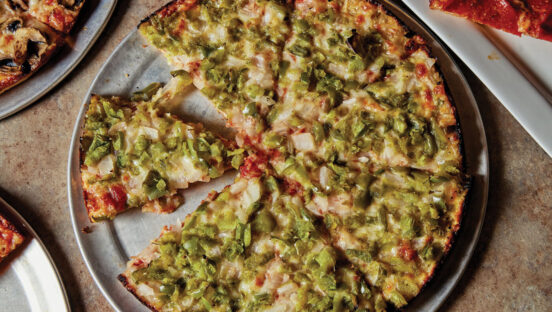- In this past installment of the late Tom Lehmann’s column, “In Lehmann’s Terms,” from September 2016, the dough master answered a reader’s question about bubbly pizza crusts.
- The problem stems from the baking temperature for the type of sauce applied to the dough skin, he explained.
Related: A newcomer’s guide to pizza dough equipment
Q: We have more problems with bubbly pizza crusts when we use our white sauce, buffalo sauce, BBQ sauce or even no sauce, compared to our marinara sauce. We wind up frequently having to remake those pizzas. What are we doing wrong?
A: Sauce can certainly have an impact on bubbles in your pizza crust. The problem stems from the baking temperature for the type of sauce applied to the dough skin. For example, when you bake a crust with a tomato-based sauce, the water in the sauce evaporates and cools the top of the pizza, preventing (or at least significantly reducing) the incidence of bubbling. When another type of sauce is used, or if a lesser amount of sauce is applied to the skin, the top of the dough quickly overheats, resulting in both gas and moisture expansion under the top of the dough skin. This leads to the formation of bubbles in your crust.
Your best solutions: Either bake those crusts made with alternative sauces at a lower temperature—about 400° to 450°F—or apply more sauce to the skin. With that in mind, you might try diluting the sauce by 20%—in other words, adding 20% water to the sauce based on the sauce’s total weight—then adding 20% more sauce to the skin. The added water will help prevent bubbling; the moisture will boil off during baking so that your actual amount of sauce will be the same as it was before. I’m estimating that an additional 20% of water is a good starting point, but I can’t say for sure. You may want to start at 15% and experiment from there.















